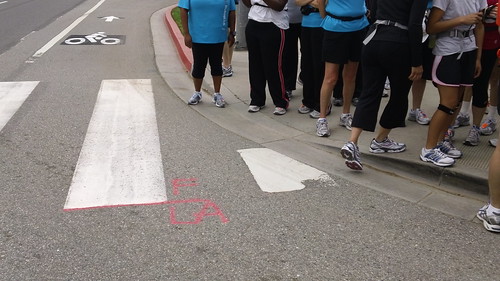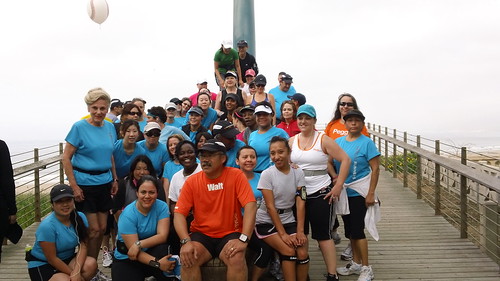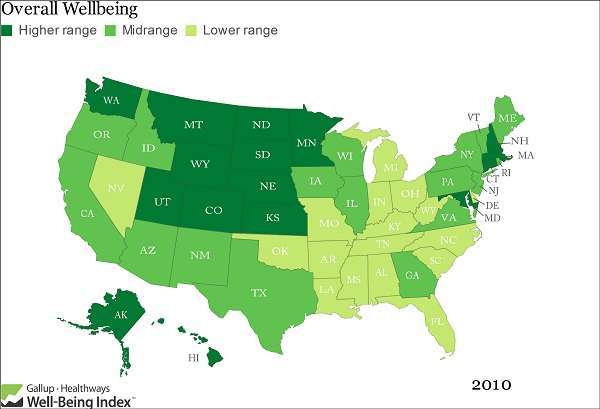Is there a safer way to clean my dog’s teeth? –
Q: My friend says her neighbor, who is a dental hygienist, cleans dogs’ teeth without using anesthesia. Isn’t this a safer way for my dog to have his teeth cleaned?
A: The American Veterinary Dental College is an organization of board certified veterinary dentists. They are the preeminent experts in the field of veterinary dentistry. They have adopted a thorough position statement concerning this very subject. The full statement reads:
“In the United States and Canada, only licensed veterinarians can practice veterinary medicine. Veterinary medicine includes veterinary surgery, medicine and dentistry. Anyone providing dental services other than a licensed veterinarian, or a supervised and trained veterinary technician, is practicing veterinary medicine without a license and shall be subject to criminal charges.
This position statement addresses dental scaling procedures performed on pets without anesthesia, often by individuals untrained in veterinary dental techniques. Although the term “Anesthesia-Free Dentistry” has been used in this context, AVDC prefers to use the more accurate term Non-Professional Dental Scaling to describe this combination.
Owners of pets naturally are concerned when anesthesia is required for their pet. However, performing NPDS on an unanesthetized pet is inappropriate for the following reasons:
1. Dental tartar is firmly adhered to the surface of the teeth. Scaling to remove tartar is accomplished using ultrasonic and sonic power scalers, plus hand instruments that must have a sharp working edge to be used effectively. Even slight head movement by the patient could result in injury to the oral tissues of the patient, and the operator may be bitten when the patient reacts.
2. Professional dental scaling includes scaling the surfaces of the teeth both above and below the gingival margin (gum line), followed by dental polishing. The most critical part of a dental scaling procedure is scaling the tooth surfaces that are within the gingival pocket (the subgingival space between the gum
Tags:
animal_dentistry
Veterinarian_Medicine








